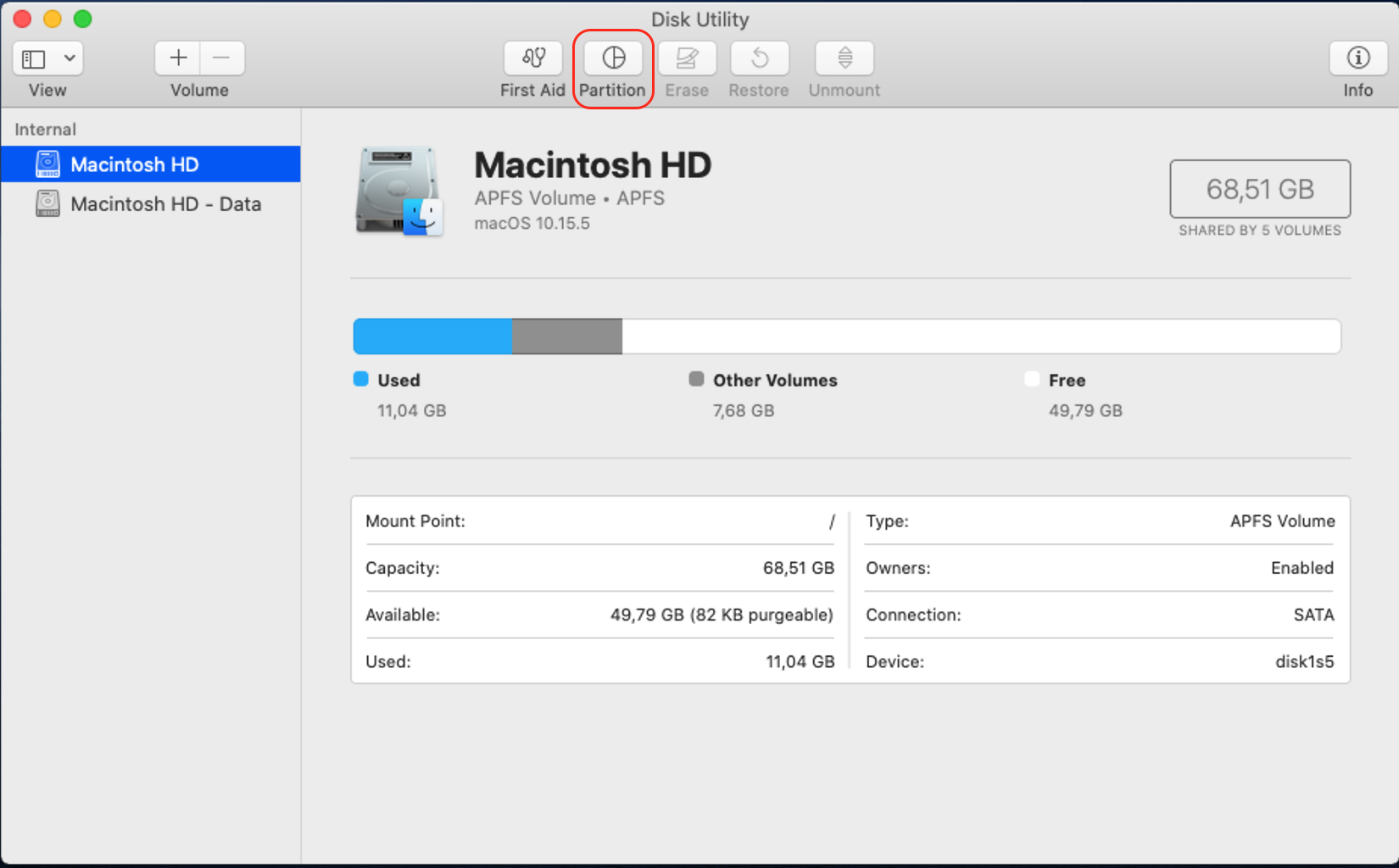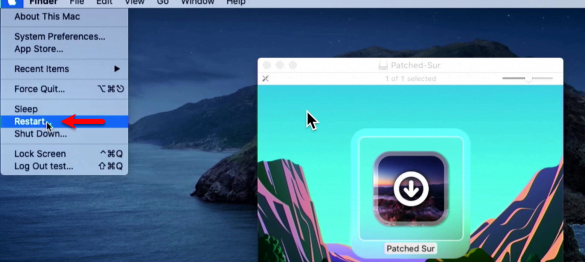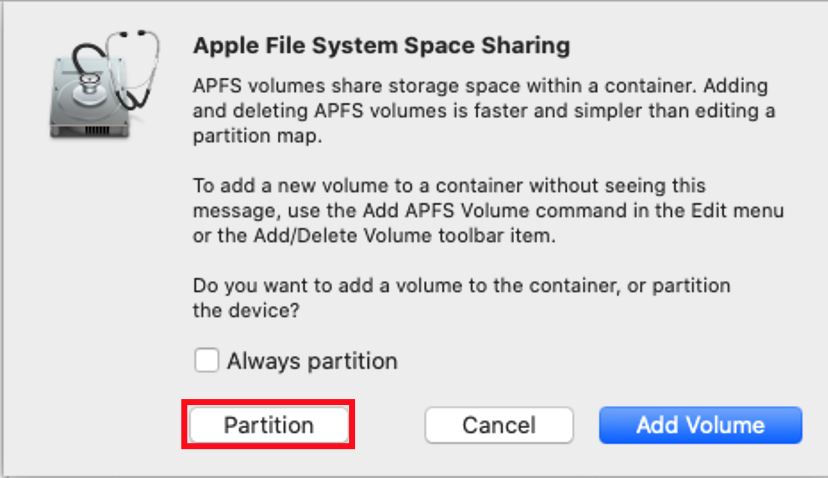


It is the format used by DVD, CD, or Blue-ray Disc. If you are not familiar with the ISO format, an ISO image is the image format used on an optical disk. We are going to mainly focus on the InstallESD.dmg and BaseSystem.dmg images that come inside the application installer to generate an ISO image. It is similar to the instructions in Kedy Liu's article on macOS Kernel Debugging. I'm going to use Jeff Geerling's macOS VirtualBox VM script as a basis. The idea is to extract all the parts from the Install macOS Catalina.app application bundle to build our ISO. You can read more on This detailed article on AFP548. When you boot to the Recovery volume, you can use it to restore and/or install the operating system. This installer application contains the base system for installation and also a Recovery image that includes a basic OS implementation that is used at boot time. Since Mac OS X Lion (10.7 - released in 2011), Apple decided to no longer distribute an installation DVD, it provides the installer as an application that can be downloaded via the AppStore. dmg) to build our ISO image for Catalina. # Let's detach it to go back to a clear state $ hdiutil detach /Volumes/My \ New \ Image \ APFSĪlright, that should give us enough background on Disk Images (. bash: /Volumes/My New Image APFS/bye.txt: Read-only file system $ echo "bye" > /Volumes/My \ New \ Image \ APFS/bye.txt $ hdiutil attach ~/Desktop/ronewimage.dmg Better start now while we learn about Disk Images. NOTE: We need to download the macOS Catalina installer from the AppStore, it's around 9Gb, so It'll take some time to download. There's a lot of information so let's get started. In this post, I'll show you the basics of working with Disk Images and also as an example we are going to create an ISO image to build our macOS Catalina VM using VirtualBox.

To build our VM, we need to use Disk Images, another topic that is useful in other areas.īoth topics are interesting, and we can combine them. The other option is risk breaking your work machine in your experiments (not fun). Or if you want to learn networking or kernel debugging, it is also helpful to use a VM. If you are into security, you can set up a VM for your security lab. Having a virtual machine running macOS opens up a lot of opportunities for learning. Understanding Disk Images by building a macOS Catalina ISO image for VirtualBox Latest Update: May 16 2020


 0 kommentar(er)
0 kommentar(er)
